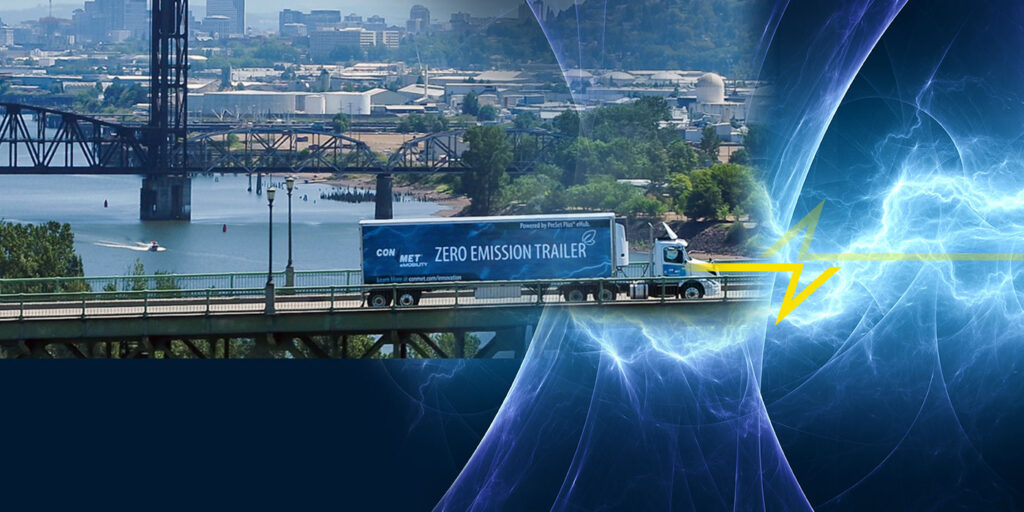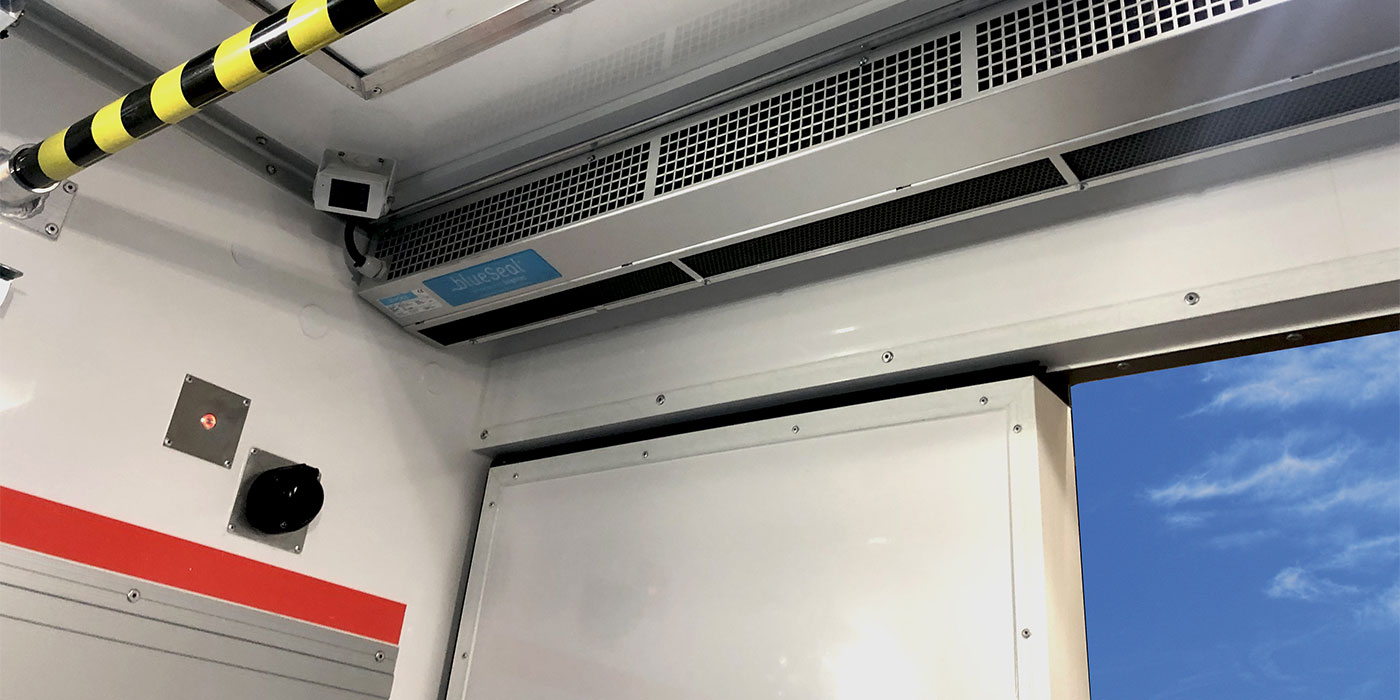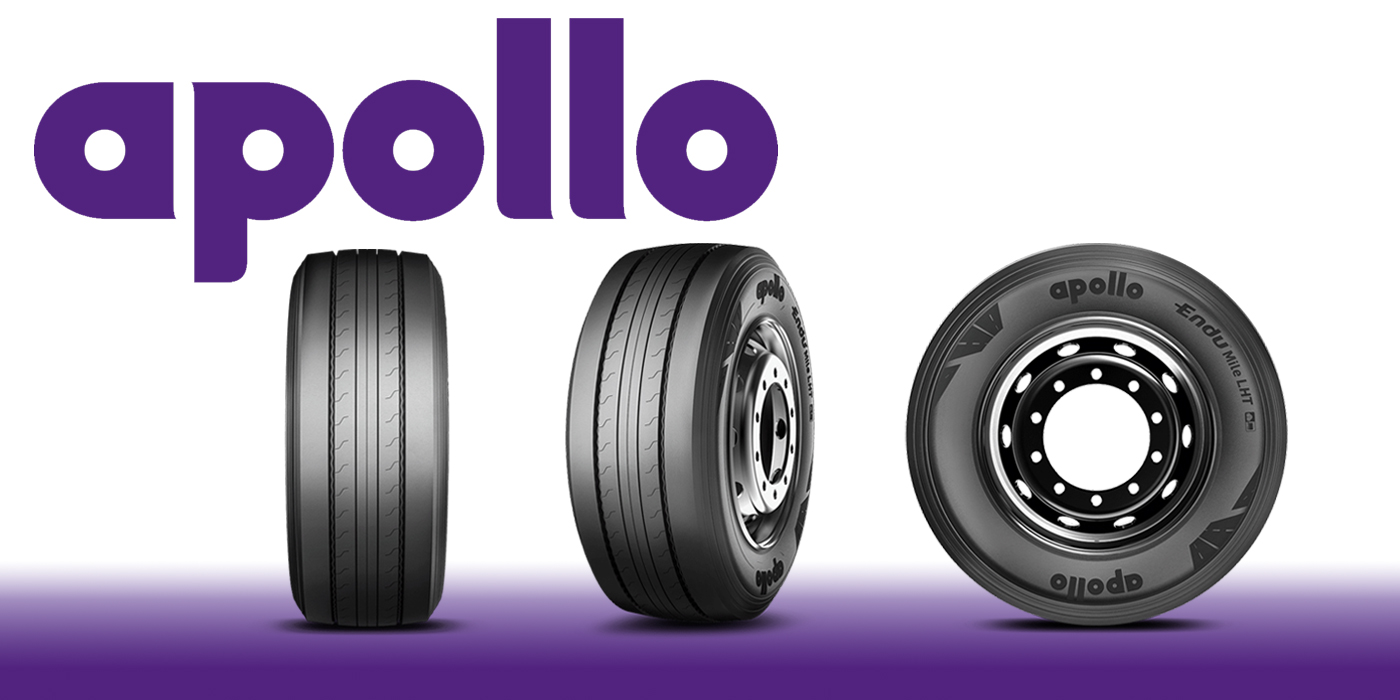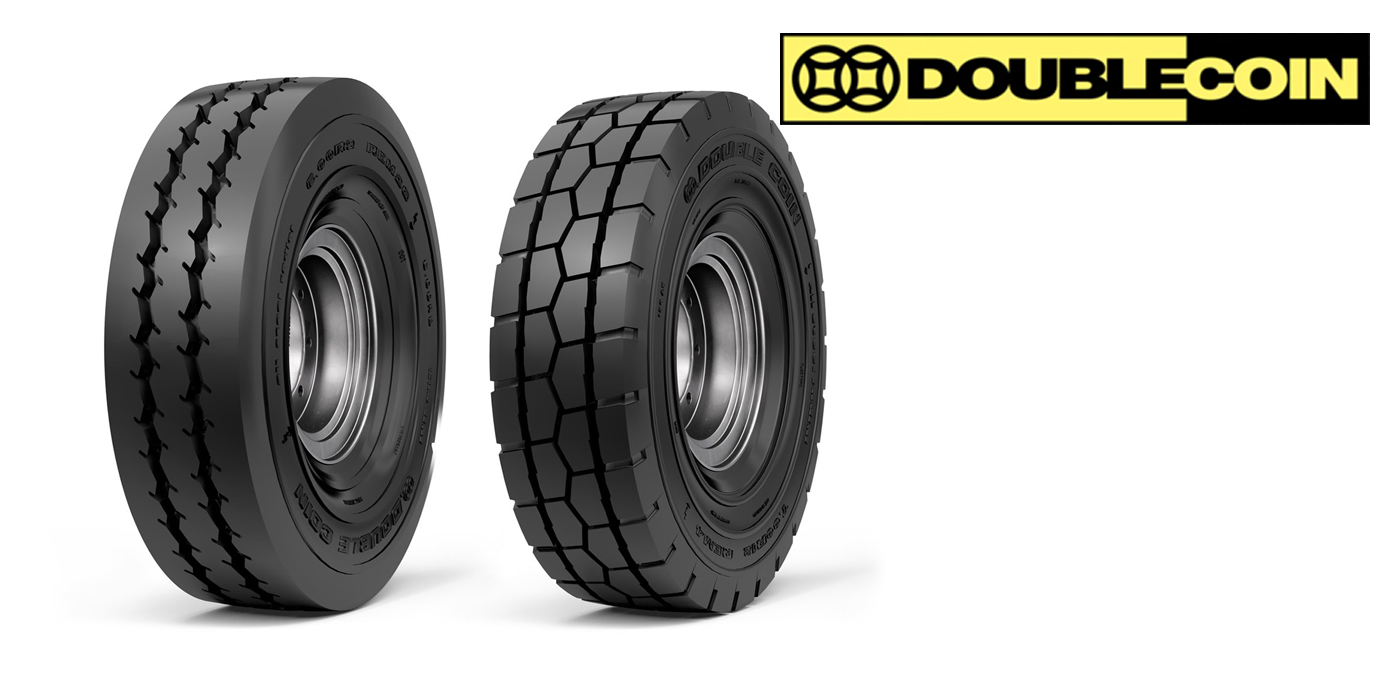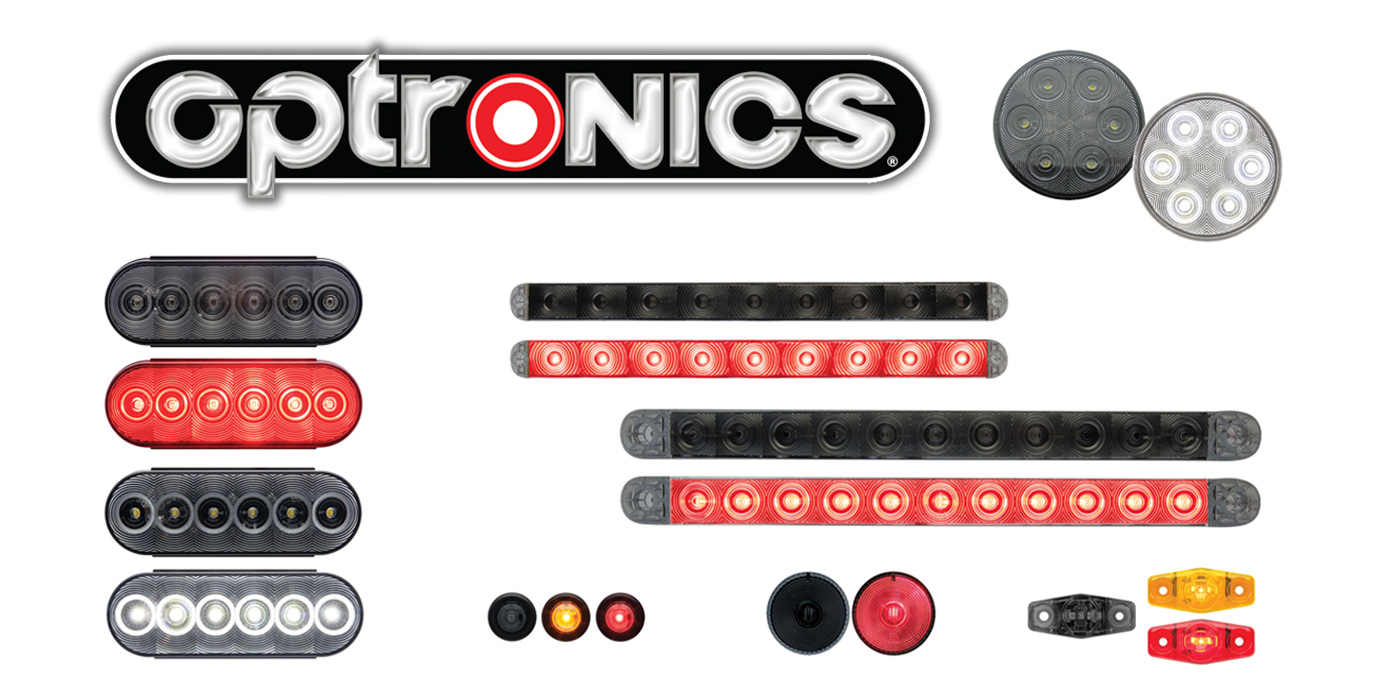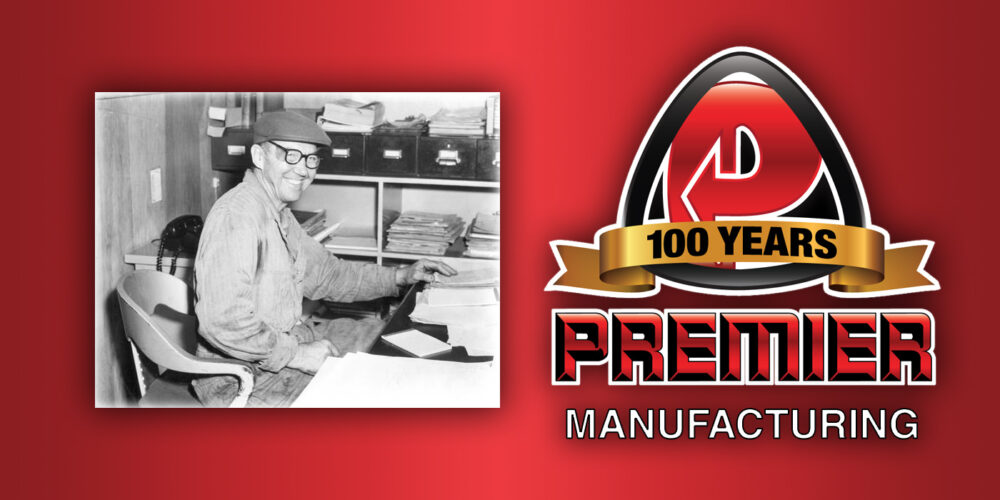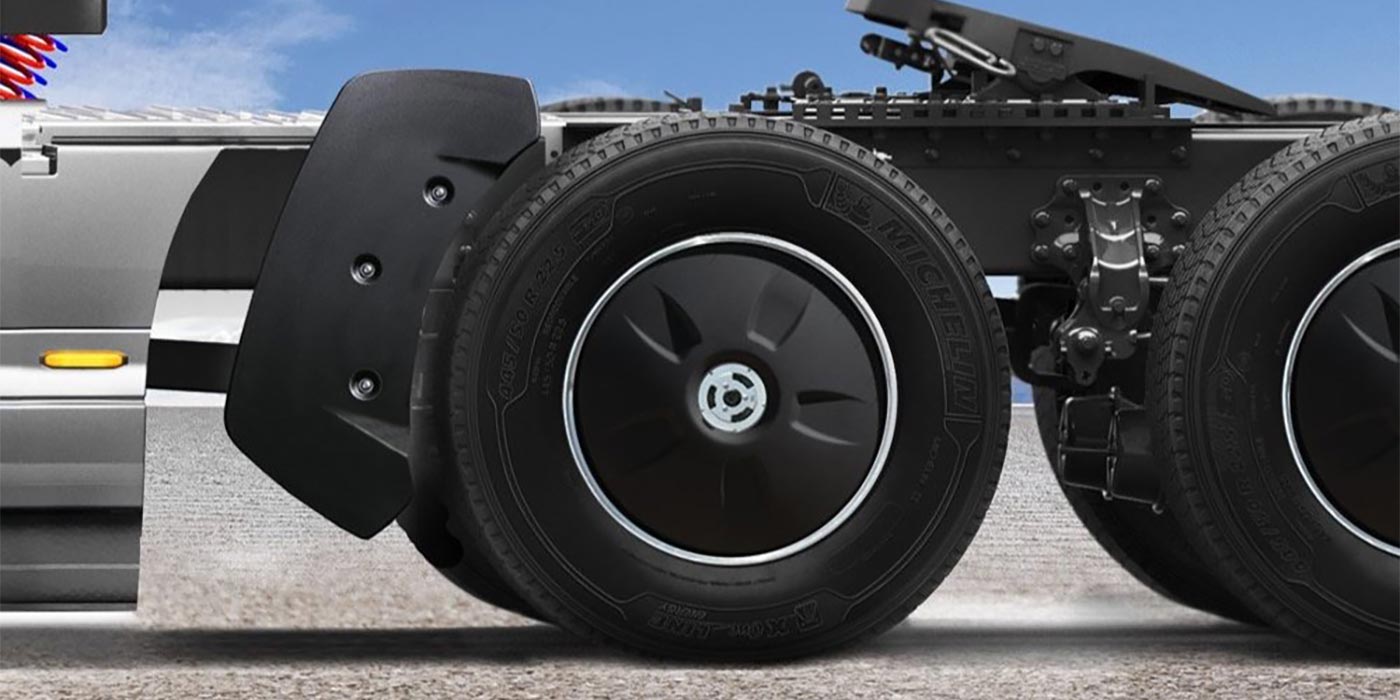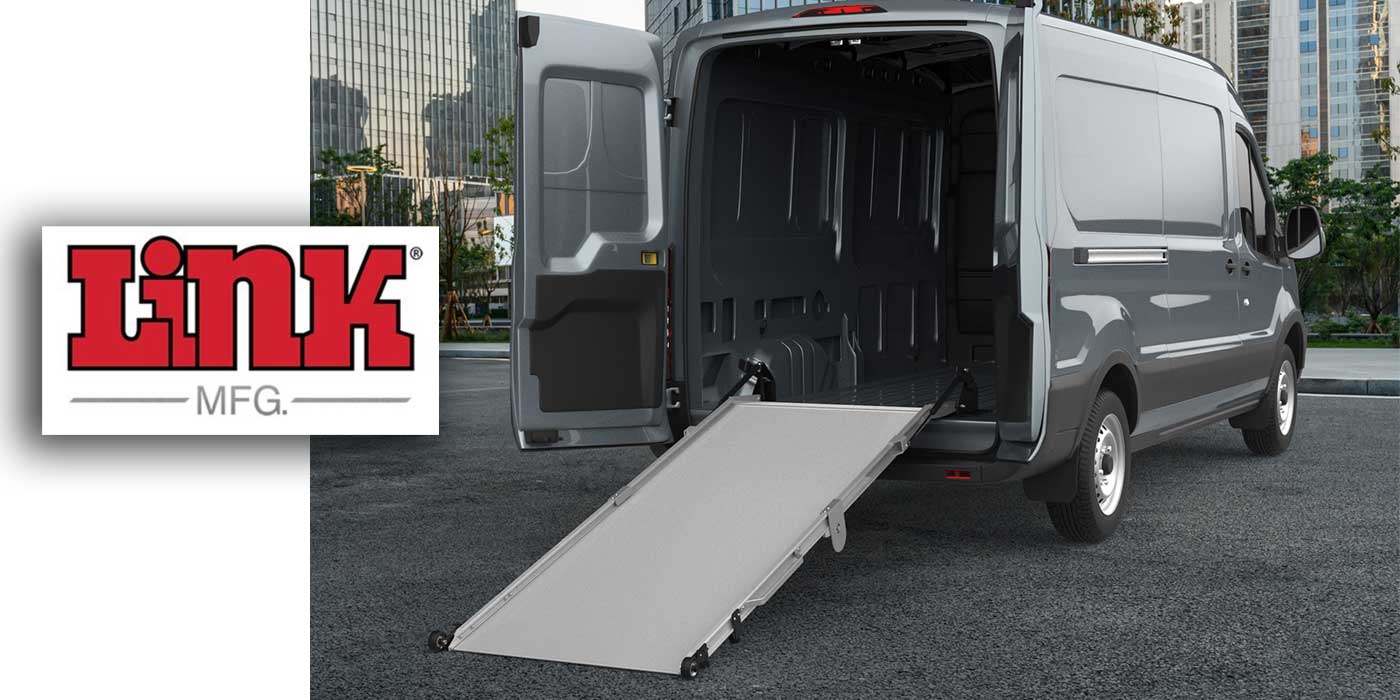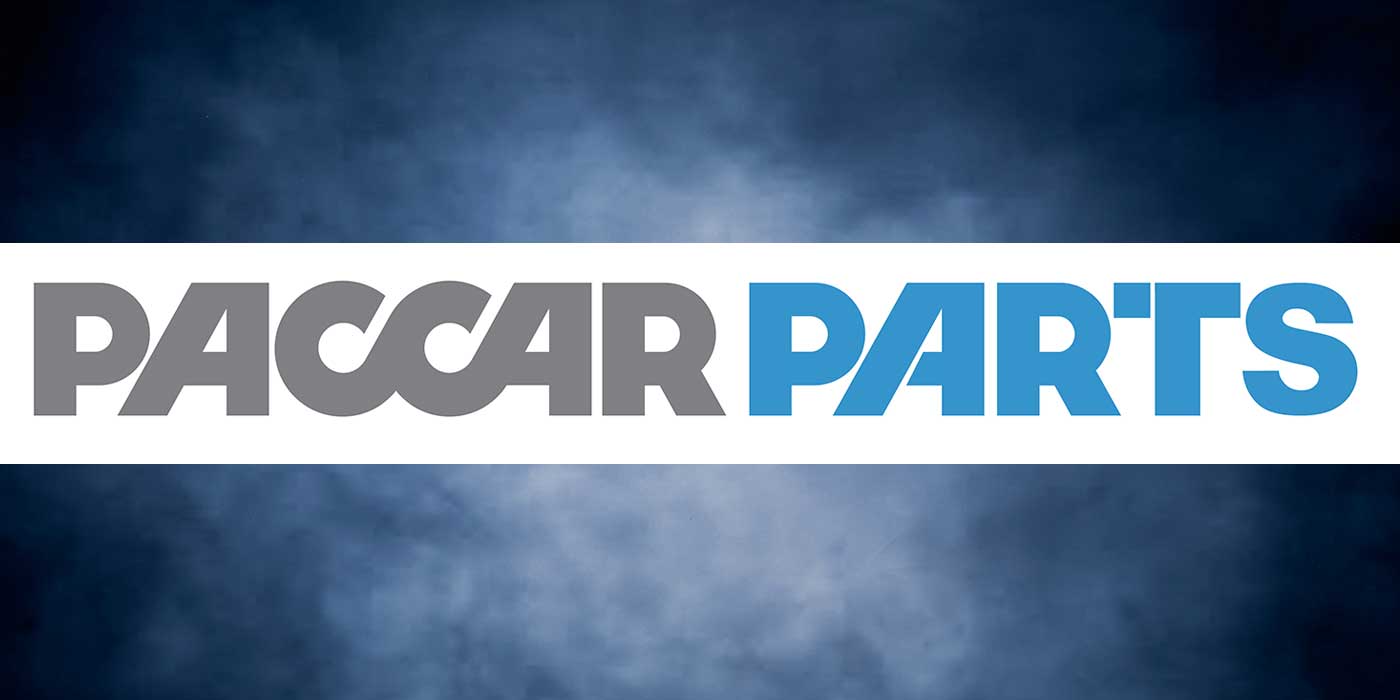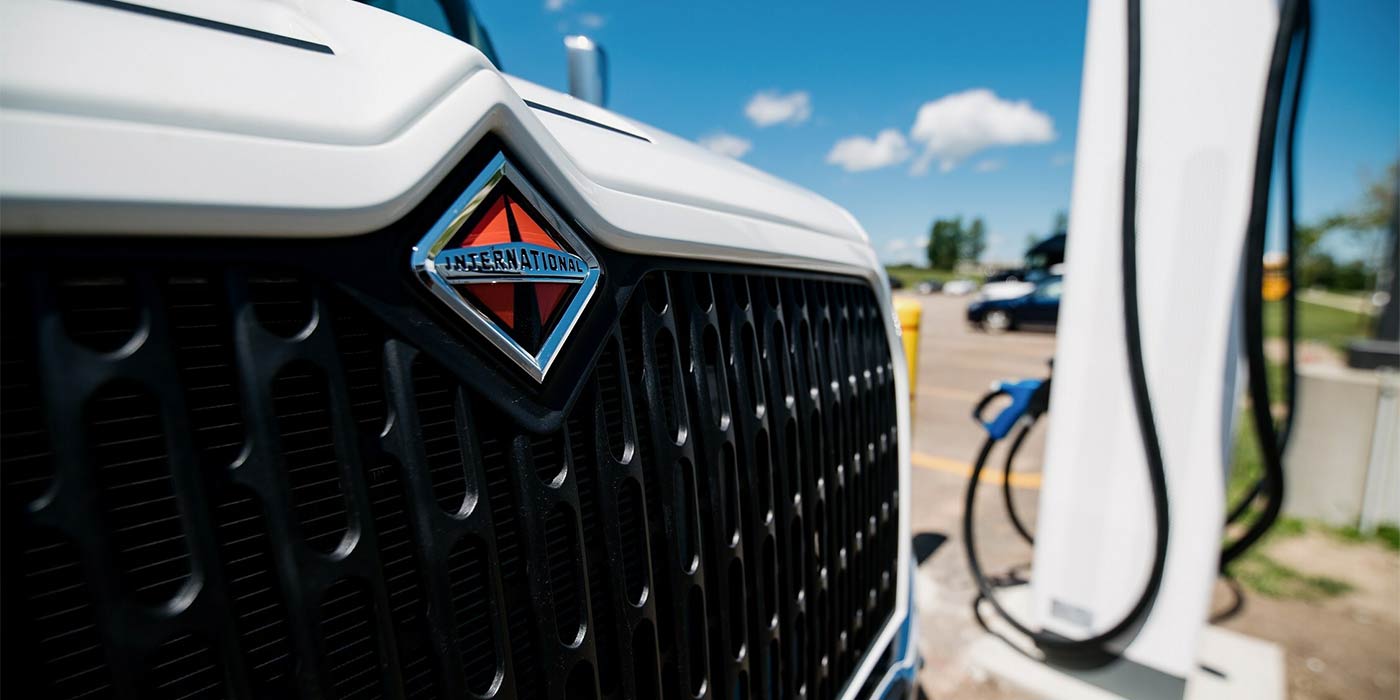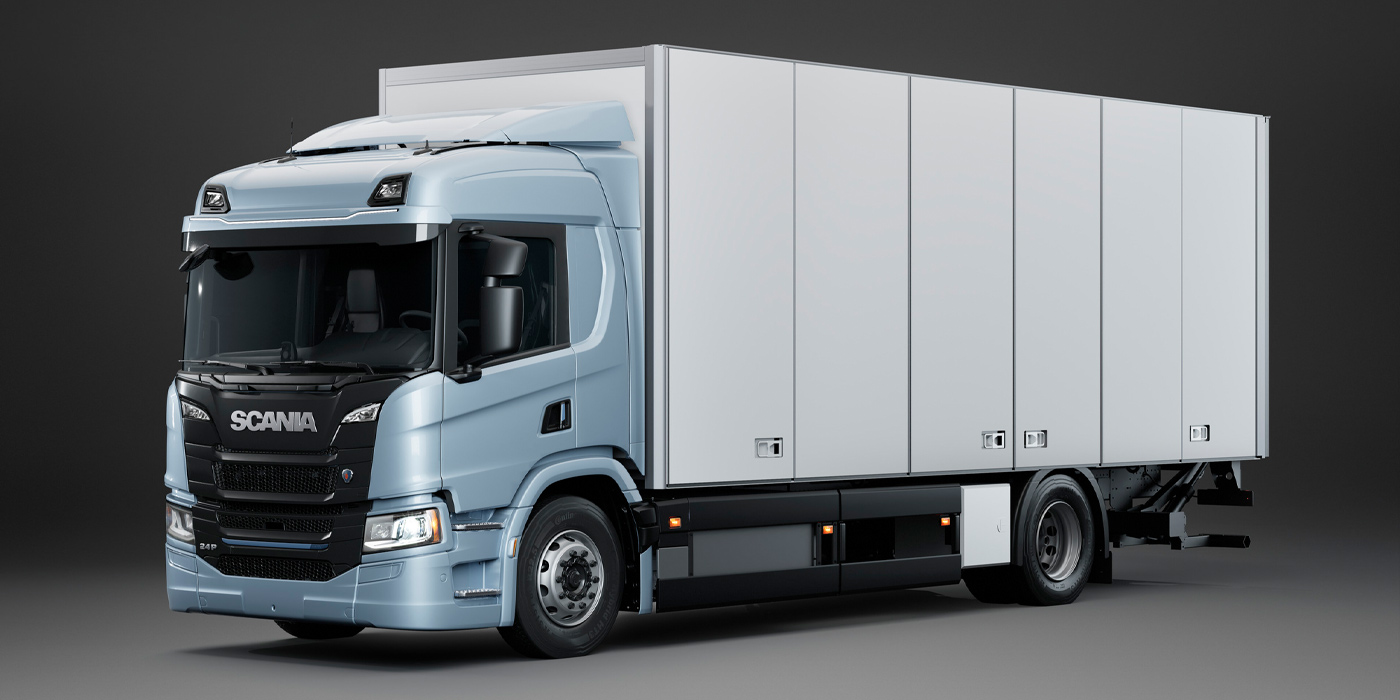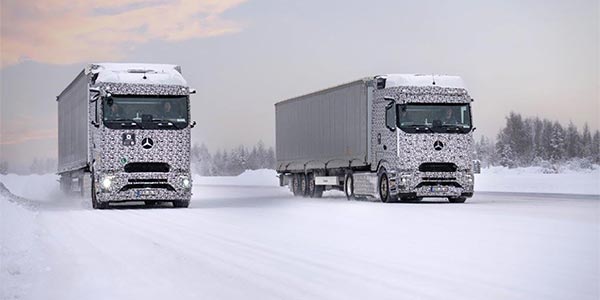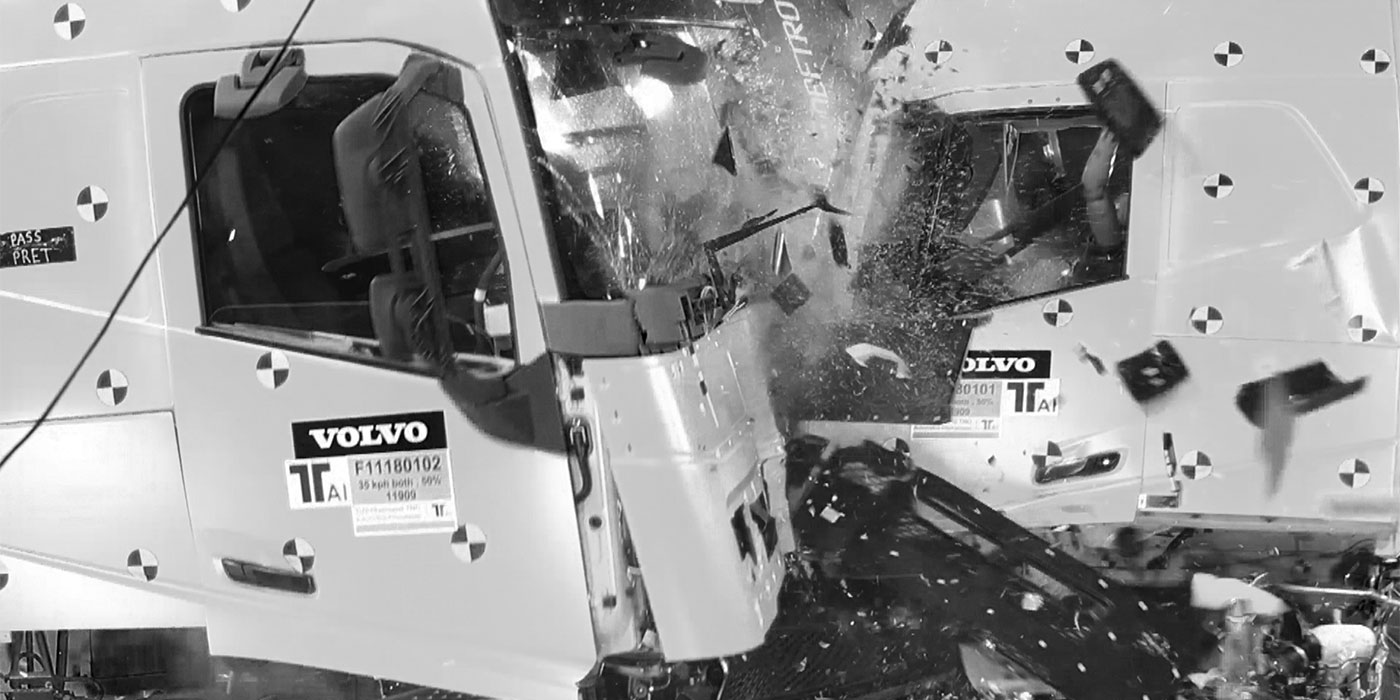Range is a constant conversation in our increasingly electrified trucking world. The juxtaposition of getting more range is adding more batteries, but that adds weight to trucks that have spent the past decade, really, lightweighting components. But what about the trailer? Sure, batteries could add weight, and trailers tend to sit a lot, which is not great for batteries that need to hold a charge, but are there application opportunities here?
Turns out, there are innovative minds working on what the trailer could actually bring to the electrification game. At the TMC meeting last fall, ConMet eMobility offered up one of the more convincing trailer electrification applications with its Preset Plus Electric Hub (dubbed the “eHub.” Catchy.)
An in-wheel electric motor is paired with a ConMet PreSet Plus hub assembly, engineered to capture wasted braking energy and repurpose it as electricity. The electricity is stored in a high-capacity, lightweight battery that sits beneath the trailer, which then powers the electric reefer to keep a fully loaded trailer cool without the need for diesel fuel. The energy can also power the eHub motors for robust, decentralized propulsion of the vehicle, while allowing quieter navigation in restrictive urban routes.
I caught up with Marc Trahand, vice president and general manager of ConMet eMobility, to learn more about the electrification possibilities trucks could pull along with them.
Fleet Equipment (FE): Hi Marc, thanks for taking the time. Let’s start off with a basic overview of the eHub system. What does it do and how does it work?
Trahand: The system all revolves around in-wheel motors. The electric motors are inside the wheels, building on the hub technology that ConMet has developed. Electric motors have two ways of functioning: They can provide propulsion, and can act as a generator. With in-wheel motors, whenever the vehicle is moving, you’re rotating coils, which generates energy that can then be put into a battery.
Our eHub system has two modes. We have the two hubs in the rear axle of the trailer that will bring back electricity into the battery, which powers the TRU. That battery is a high-capacity, automotive grade battery. It will be able to be filled quite fast, so the energy production from these hubs is very high. We can generate a peak of 156 kilowatts from these hubs. That means within hours, or even minutes, you can fill a battery with the high energy generated by these hubs. It’s much more energy than you could ever get from a solar panel on the roof, for example. So we’ve developed a product that if you’re cooling a TRU with this, you can arrive at your destination, your reefer is cool and your battery is full.
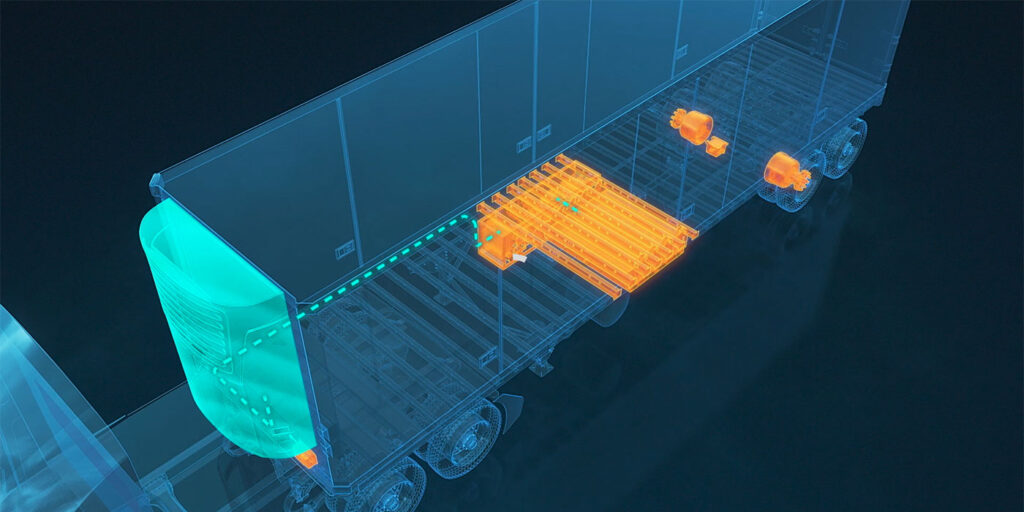
FE: What’s the battery runtime like? How long will the charge last?
Trahand: It depends on the choice of battery. A TRU unit uses three to nine kilowatts per hour, typically. I mean, if you’re in Arizona in the summer or New Hampshire in the winter, that varies, obviously. The batteries we have are scalable, so when you go upwards of 25 kW, 40 kW and higher if needed, you could generate quite a few hours. You can also use shore power if you need it. I haven’t done the specific calculations, but depending on the battery size, you could run out of power eventually if the trailer sits there for days.
We’ve worked with some of our partners; we’ve observed their routes, and we are optimizing our system to ensure we’re providing enough power to keep their operations running smoothly.
FE: Very cool (pun intended). What’s the other mode?
Trahand: The power to push the trailer. In this mode, we’re putting energy from the battery back into the wheel end to turn the motors and push the trailer.
FE: Wait, why would I want to push the trailer?
Trahand: If you’re pushing the trailer, we’ve seen up to 20% fuel savings on the tractor. That is a huge benefit. If that front tractor is electric, we could add range to that electric vehicle as well.
FE: How can you do this safely and not cause, say, tire service issues due to scrubbing or other issues that pushing may cause, undo tension on the fifth wheel, things like that?
Trahand: We’ve invested in smart control software that enables us to understand the intent of the driver and ensure that the trailer and tractor actions are synchronized. We read information from the tractor’s CAN bus to detect acceleration, braking, and important events for safety and optimization of energy use.
Additionally, the torque applied to the trailer is not going to be as strong as the torque applied to the tractor. So you’re not going to be in a situation where there’s a huge push, but that push from the trailer is going to help lighten the load on the tractor and help everything move a little faster. Plus, our hubs are right under the load, so they’re in a good position to smooth overall vehicle acceleration.
FE: The diesel fuel efficiency gains speak for themselves, but what about electric truck range—any idea how many miles you could add?
Trahand: We haven’t done many tests yet with an electric, fully-electric tractor, but, of course, if we can increase efficiency on the diesel, we can also help the electric tractor. Of course, the range impact would depend on the size of the tractor, size of the battery, battery technology, etc.
Also, we’ve been driving around metropolitan areas, inside city centers, with stop-and-go deliveries and those types of routes. That’s where we think the emission regulations will start.
FE: So what about the weight of the eHubs themselves, are you adding there?
Trahand: The motor and assembly inside the hubs is not a lot of weight. The heaviest component is going to be the battery, but if you look at the weight of the battery compared to the weight of the fuel tank that’s inside the TRU, it’s about a net zero weight add once you’ve taken that off. And, we can scale the battery in different sizes. So we could start with a small battery if the trailer is mostly doing in-city deliveries. If you’re looking at long-haul applications, we could scale the battery larger. There’s a lot of space under the trailer.

